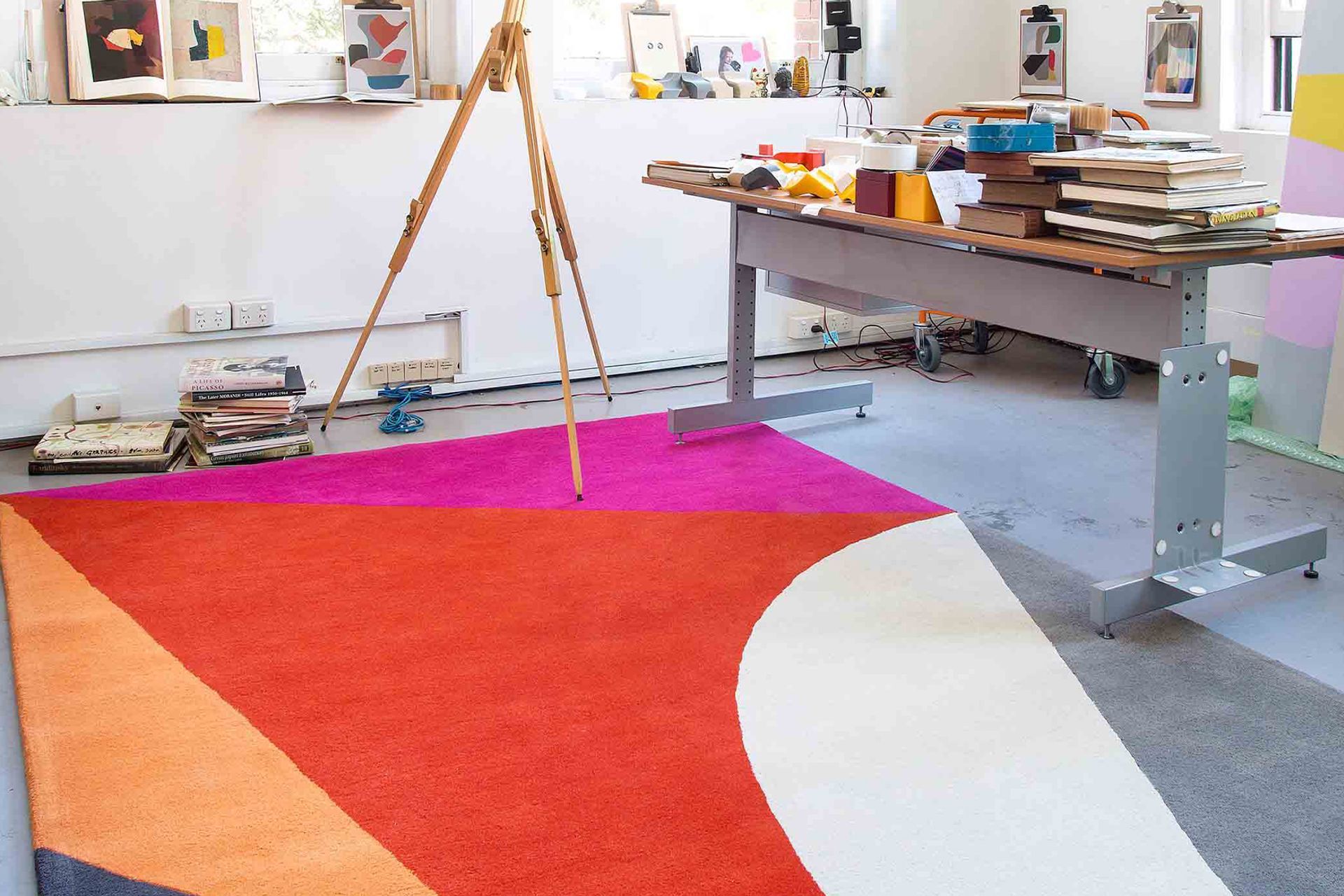Home schooling: how to create the ideal learning sanctuary
Written by
20 March 2020
•
4 min read

Transitioning children into a learning-from-home environment can be a tricky task. When they’re used to getting on the bus or being dropped at school every day, the prospect of getting out of bed only to spend the day learning at home can take some getting used to.
One of the best ways to make this transition easier is to make sure you have a space set up for them that is designed to be a school away from school.
Here’s how to make a home learning environment that your kids will flourish in.
1. Create a dedicated space
Just like working from home, learning at home can be best managed with a dedicated space. In this way, the right associations can be made between a certain location in the home and learning.
Avoid the bedroom if it’s possible to do so. When your kids are spending most of the day at home, it’s nice for them to have a space where they can get away from “school” at the end of the day. If their personal space and school space are being mixed into one, it can make concentration difficult and getting a break from learning at the end of the day tougher.
If you don’t have the space to dedicate an entire room to learning, that’s okay — you can still find products, like the Scandi Loft bed, that give your kids a clear area to work while also being space efficient.
2. Stick to a schedule
At school, children are used to following a tightly-run and unchanging schedule. A day full of different lessons, punctuated by ringing bells, eating lunch, and playtime is the norm for most of them.
The freedom of learning at home means you can set a more flexible schedule for the day, but there’s value in sticking to what your kids already know. You don’t need to waste time trying to build new habits with them, and they can have some peace of mind knowing what to expect their school day at home to look like.
A good way to make it easy to track the day is to get a big clock and hang it in a prominent place on the wall. That way the kids can know when they’ve got to be working and when they’re free for a break.
3. Make it fun and cozy
Part of making a home learning environment conducive to learning is creating a space your kids want to spend time in, even if it’s simply a corner of a room. The options are vast - perhaps it’s as simple as a chair in a child’s favourite hue, or a brightly-coloured rug on which they enjoy sitting or lying and reading.
4. Have room to show off their work
Regular classrooms often have walls covered with students’ art work and achievements. Making a space on the walls for your kids to be able to display their work can be a positive way to reinforce the learning environment.

A great way to do this is to temporarily hang work, or write achievements on the wall to display to the family. Interactive surfaces can offer an inventive way to do this, with products such as magnetic and writable laminate, which can be specified in either black (chalkboard) or glossy white as a whiteboard surface.
5. Make the space easy to clean
A clean and uncluttered learning environment will be much more conducive to learning than one that’s dirty and a mess.
That said, learning itself is sometimes a messy process; multiple open books, pens and pencils everywhere, and worksheets galore. And that’s the way it should be.
With that reality in mind, what’s key is making the learning space easy to clean up at the end of the day.
A bookcase or shelving unit for supplies and books to be tidied away in makes it easier to keep the space clear when it’s not in use.
To get started on creating a learning at home space for your kids, browse our range of furniture or get in touch with one of our interior designers.
Top banner image credit: FIT - Tanova Ventilated Drawers.

